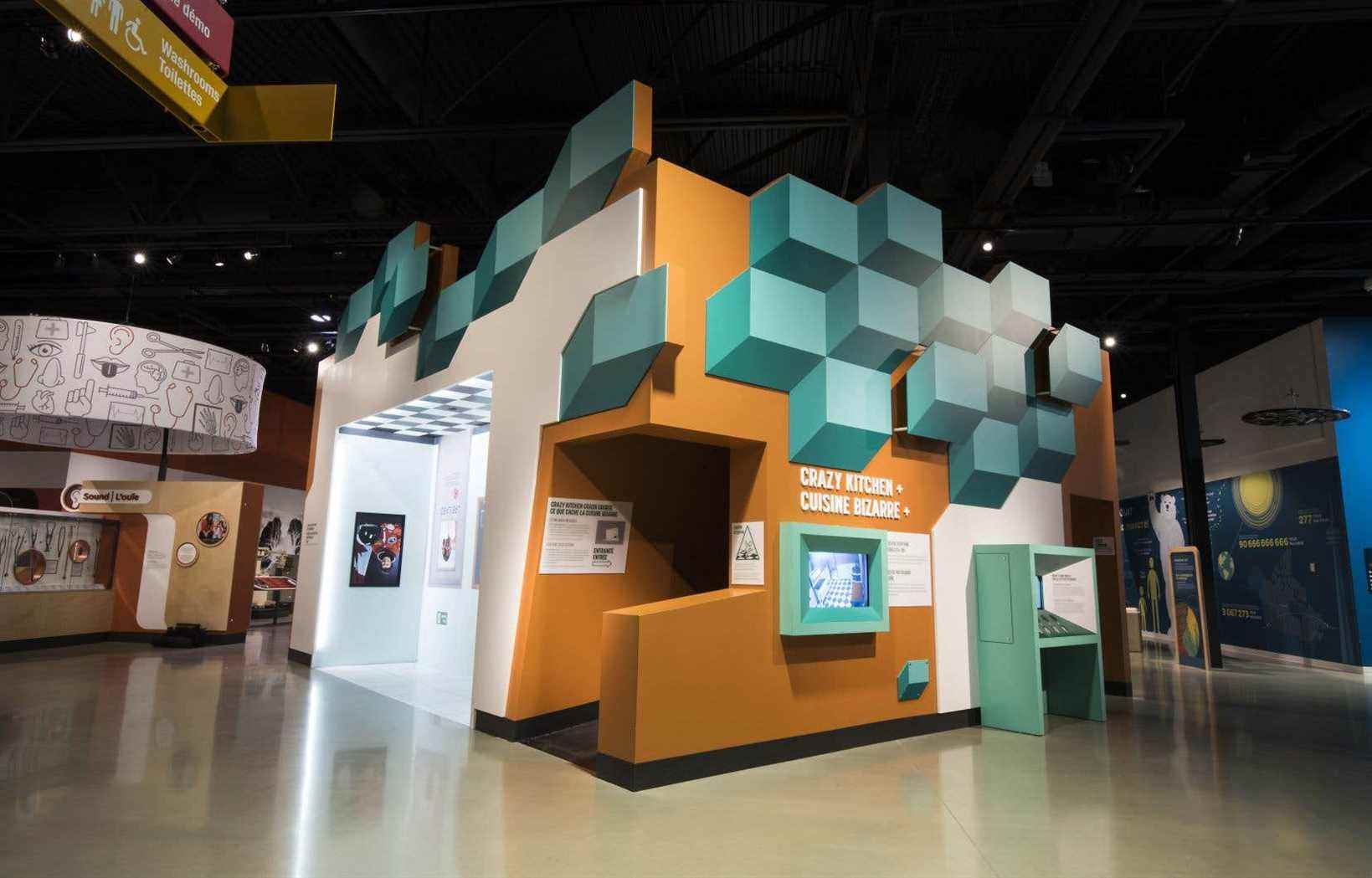This text is part of the special section Museums
After the pandemic and the protests, museums in Ottawa are once again welcoming visitors. And if the calendars of temporary exhibitions have often been shaken up in the last two years, we can always count on the vast permanent exhibitions to be seen in the capital.
Canada Science and Technology Museum
“We forget to what extent permanent exhibitions are the basis of our museums,” recalls Lisa Leblanc, director general of the Museum of Science and Technology in Ottawa. The Museum offers nine permanent exhibitions, including the classic Steam: a world in motion, where visitors are invited to enter a locomotive and learn about the mechanism and history of this mode of transport. Like a backbone within the museum, theArtifact Alley presents a selection of objects, from the smallest to the largest, and a demonstration scene.
Furthermore, weird kitchen + remains one of the most popular exhibits. The original kitchen from when the museum opened in 1967 has been retained, but a renewed exhibition all around explores various experiences focused on perceptions and illusions. And to learn more about sound and all the technological innovations surrounding it, Design the sound offers an immersive and interactive experience.
Canadian Museum of History
With the size of the Canadian Museum of History’s exhibition halls, “every space is a museum within a museum,” remarks Chantal Amyot, Acting Director General. The Grand Hall hosts the largest exhibition of totem poles in the world, as well as facades of First Nations houses, behind which are two exhibitions on these peoples of Western Canada. Visitors can also learn about Indigenous history in the First Peoples Hall, while the Canadian History Hall explores the country’s historical highlights. Another must-see is the Canada Stamp Collection, which features more than 3,000 stamps from 1851 to the present day, and which also includes works by artists inspired by the post, such as a vintage dress made from letters.
The permanent exhibitions are constantly changing, for example to add content related to residential schools in the First Peoples Hall. “We want to make people realize that they are part of history”, summarizes Mme Amyot. The Ukrainian Church, in the Canadian History Hall, takes on its full meaning with the events of the past few weeks. Very important for the Ukrainian community, this church normally hosts masses or ceremonies. Objects are also changed according to the seasons.
Canadian War Museum
The Canadian War Museum features four galleries on Canada and ongoing conflict. Each gallery explores a part of Canada’s military history, from the first wars during the colony to the Cold War, including the two world wars. Sections on the Battle of Vimy Ridge and Canada’s participation in operations during the Gulf War as well as in Somalia, Rwanda, the former Yugoslavia and Afghanistan were added in 2017.
The permanent rooms of the Museum are constantly in motion, for practical reasons (loans of objects, fragile objects) or to include updates. The LeBreton Gallery, which contains a collection of military vehicles and artefacts, artillery pieces and naval and air weapons, will soon host two new acquisitions, namely an armored vehicle and a variant of the M113 APC which served during the war. in Afghanistan. A new animation was recently installed in the Second World War gallery at the Canadian War Museum, and further redesigns are being made in the gallery dealing with Last 100 Days of World War I.
National Gallery of Canada
The national collection of the National Gallery of Canada is on view in two permanent exhibitions. In the Indigenous and Canadian art galleries inaugurated in 2017, the series Focusin collaboration with Library and Archives Canada, presents four ephemeral installations drawn from the permanent collections: 19th century photographic illustrationand century ; Pictorialism ; The work of art/Art at work ; Dog Teams in Indigenous and Canadian Art.
In the Rideau Chapel, Motet for forty voices is a sound sculpture by Canadian artist Janet Cardiff, which takes up a piece by Thomas Tallis, an English composer of the 16and century. In this installation, which comes to life in the neo-Gothic chapel rebuilt inside the museum itself, 40 separately recorded voices are broadcast by 40 loudspeakers placed around the room.
From April 8, the contemporary art galleries will also host a selection of works from the collection by LGBTQ2S+ artists. Videos, photographs, installations and ephemeral documents will highlight the creativity and strength of these artists in Beyond the Rainbow.
